What Does It Mean When Your Oil Light Comes on?
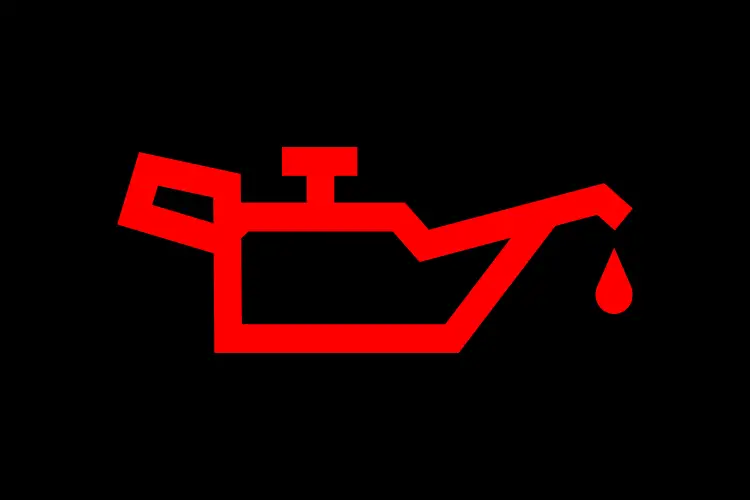
The appearance of oil light can suggest several problems, from a drop in oil pressure to a low oil level. However, the primary function of this light is to remind you of the lubrication system maintenance. It is easily recognizable on the dashboard through its distinct genie lamp shape.
The oil indicator comes on when the ignition switch is on and goes out once the engine has started. If it starts flashing while the engine is running, it tells that oil pressure dropped for a moment but then recovered afterward. But if the light continues to stay on, it means that there is a problem with the oil system.
In most vehicles, low oil pressure light and low oil level light are combined into one warning light. However, some models use two different lights to show the oil pressure and the oil level. By reading your car manual, you can check how these lights are set up.
Low Oil Pressure Light
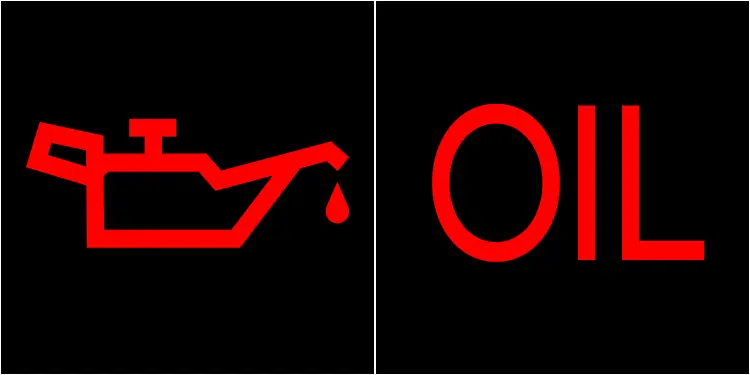
The “drop from the genie lamp” light indicates low oil pressure. In some models, this is replaced by a red light with the word OIL written on top.
Low Oil Level Light
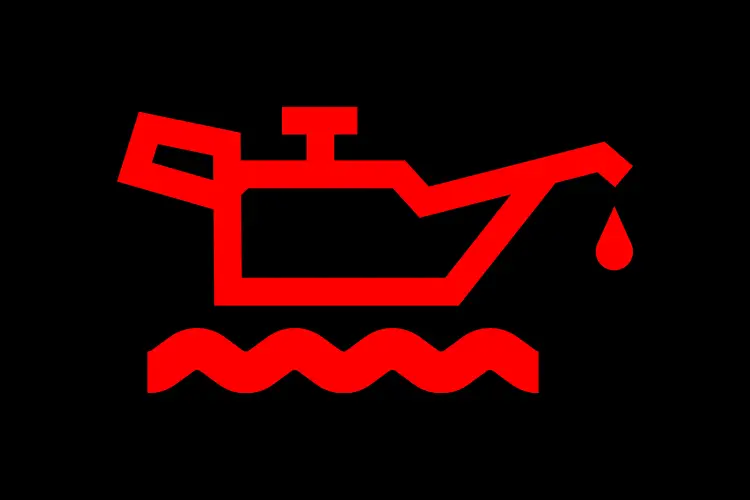
Like the low oil pressure light, the genie lamp also depicts the oil level. The only difference is that it displays a wavy line underneath it. This light means insufficient oil inside the engine to keep it lubricated.
Is It Safe to Drive With the Oil Light On?
No. The oil light is a warning sign that indicates an emergency. Thus, you should turn off the engine immediately and get your car inspected based on my guide below. Failure to do so may result in your vehicle making loud noises and stopping abruptly. Simply put, driving with the oil light is hazardous and can lead to severe engine damage.
Why Does the Oil Light Come On?
An illuminating oil light can occur in many scenarios. Below are the four common reasons why the oil light comes on:
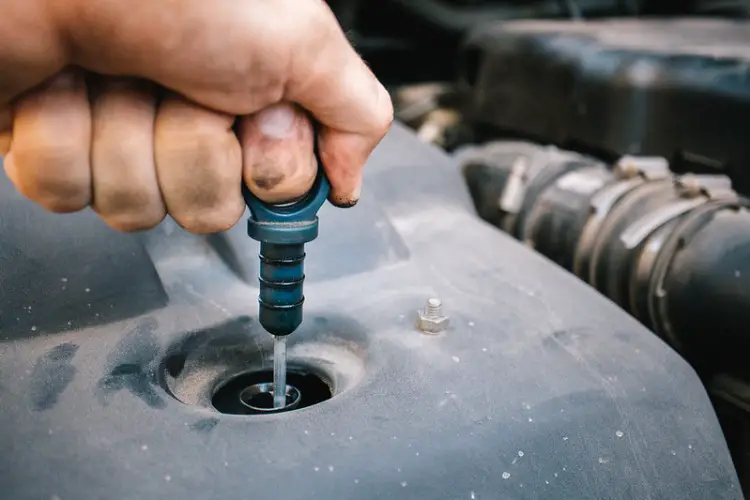
The function of the oil is to reduce friction between the moving parts and ensure smooth running in the engine. Over time, the engine burns the oil internally, causing the level to drop. When the level is below a standard threshold, the system will trigger the oil light to alert drivers of the problem.
Hence, you should refill and change the oil after every three months – or every 3000 miles, whichever comes first.
Sometimes oil sensors can become faulty and start giving false readings. To check if yours is one of them, test the oil pressure with a gauge. If it is normal, yet the warning light is on, you have found the culprit.
The best way to fix this is to replace the sensor with a professional. The process takes less than an hour and eliminates the chances of future problems.
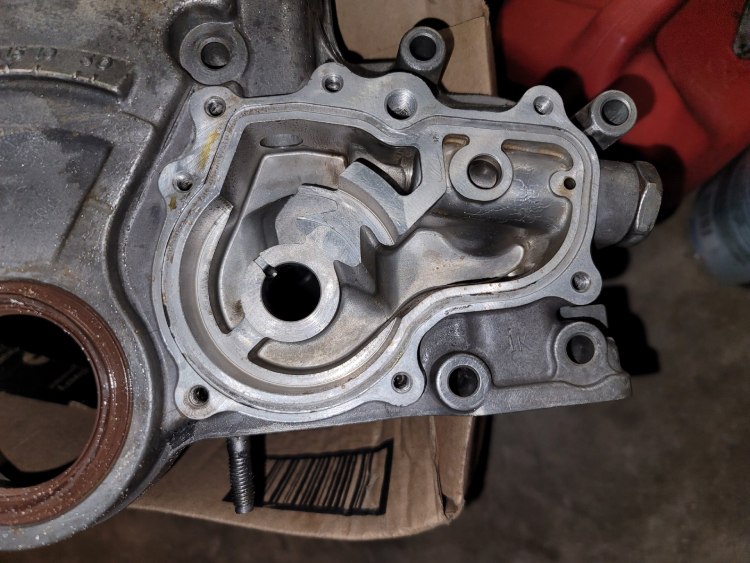
An oil pump pushes the oil through the engine’s components for proper lubrication. It can sometimes become faulty due to worn components or leaking filters. This may lead to difficulty in oil distribution and a reduced pressure rate, causing the warning light to turn on.
Replacing the faulty pump is the only way to tackle this issue. But unlike oil replacement, it is not an easy job and should be left to the professionals.
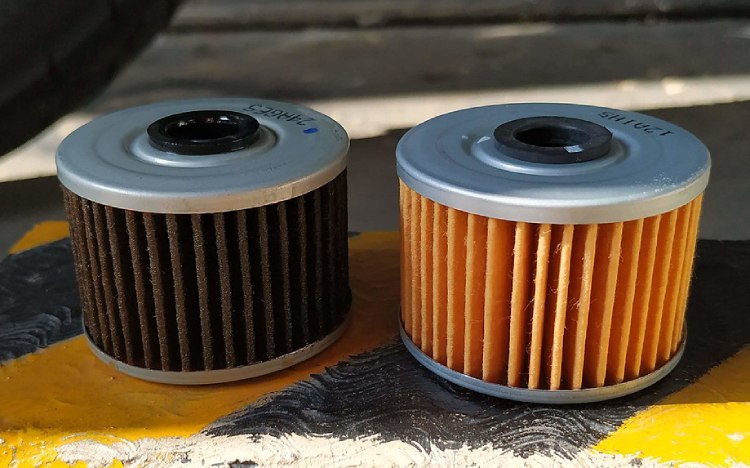
Oil filters are critical for maintaining your car’s oil pressure. They filter all the contaminants and prevent them from entering the engine. However, they can become clogged with time, leading to reduced flow and increased oil pressure which can cause the oil light to activate.
If you take care of your car’s service maintenance, the chance of facing this problem is minimal. But, if somehow you are stuck with a blocked filter, it’s advised to get an oil filter replacement as soon as possible. This will restore the oil flow and allow the engine to function normally.
How to Reset the Oil Light
Suppose you are driving with the oil light on. What do you do next? Well, the first thing is to not panic under any circumstances and instead follow these steps.

Step 1: Pull off the Road
As we stated, driving with the oil light is unsafe and worsens your engine. So, as soon as it comes on, pull your car away from the traffic and towards the side of the road. This lowers the possibility of any possible collisions if the vehicle stops abruptly. Next, stop the engine.
Step 2: Check the Oil Level
Now, open the car’s hood, locate its engine compartment, and pull out the oil dipstick.
Wipe the stick clean with a rag and reinsert it to get an accurate reading.
If it drops below the “Min” mark, it’s time to refill the oil tank. In case it goes above the “Max” mark, you’ll need to drain some oil from your car.
Note:
- Choose the right oil type recommended by the manufacturer.
- Check the oil’s color to decide whether it should be replaced.
Step 3: Use an OBD2 Scanner to Read the Trouble Codes
If the oil light disappears after refilling the tank, you’re good to go. However, if the light keeps illuminating even with sufficient oil, other internal reasons might exist. In this scenario, use an OBD2 scanner to diagnose the trouble codes and identify the problem with your car.
- Start by connecting the scanner to the car’s OBD port and turning the ignition on.
- Once the connection is established, press the “Read” button on the scanner to diagnose all the trouble codes.
After the scan, figure out the meaning of the codes using the DTC Look-up Library on the scan tool or go to OBD2 Codes Lookup. You will find the meaning, symptoms, causes, and how to fix the codes you have.
Step 4: Repair the Broken or Malfunctioning Parts
Once you have identified the cause, it is time to fix it. You can repair the malfunctioning part with enough car knowledge and tools. Otherwise, contact a towing company and get your car to a professional for repair based on the causes you find in step 3.
Step 5: Clear the Trouble Codes
Sometimes, the oil light might still come on after you’ve solved the relevant issues. This could mean one thing: the light needs resetting. The easiest way to do this is with an OBD2 Scanner.
- Select the “Erase” function on the scanner.
- Restart your car, drive for 50-100 miles, and you will no longer see the blinking light.
What’s Next?
A flashing oil light can be due to multiple reasons ranging from low oil pressure to a failed pump. In most cases, they are easy to identify and solve. While other times the problem may lie deep within and require a scan tool for the diagnosis and reset.
We hope our blog post proves to be helpful for you.
Want to learn more? Check out our review article on the best OBD2 scanners right now!
If you experience other situations with the oil light, comment in the box below!

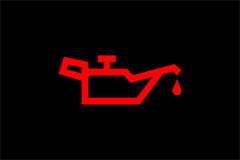

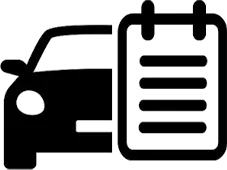
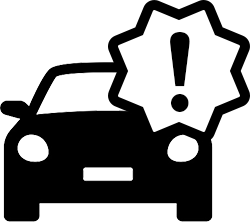
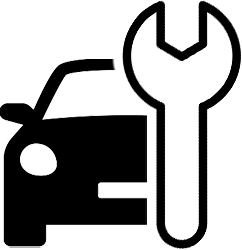


Recommended for you
What the Check Engine Light is Telling You and How to Respond
AT Oil Temperature Subaru: 2 Common Causes and Fixes